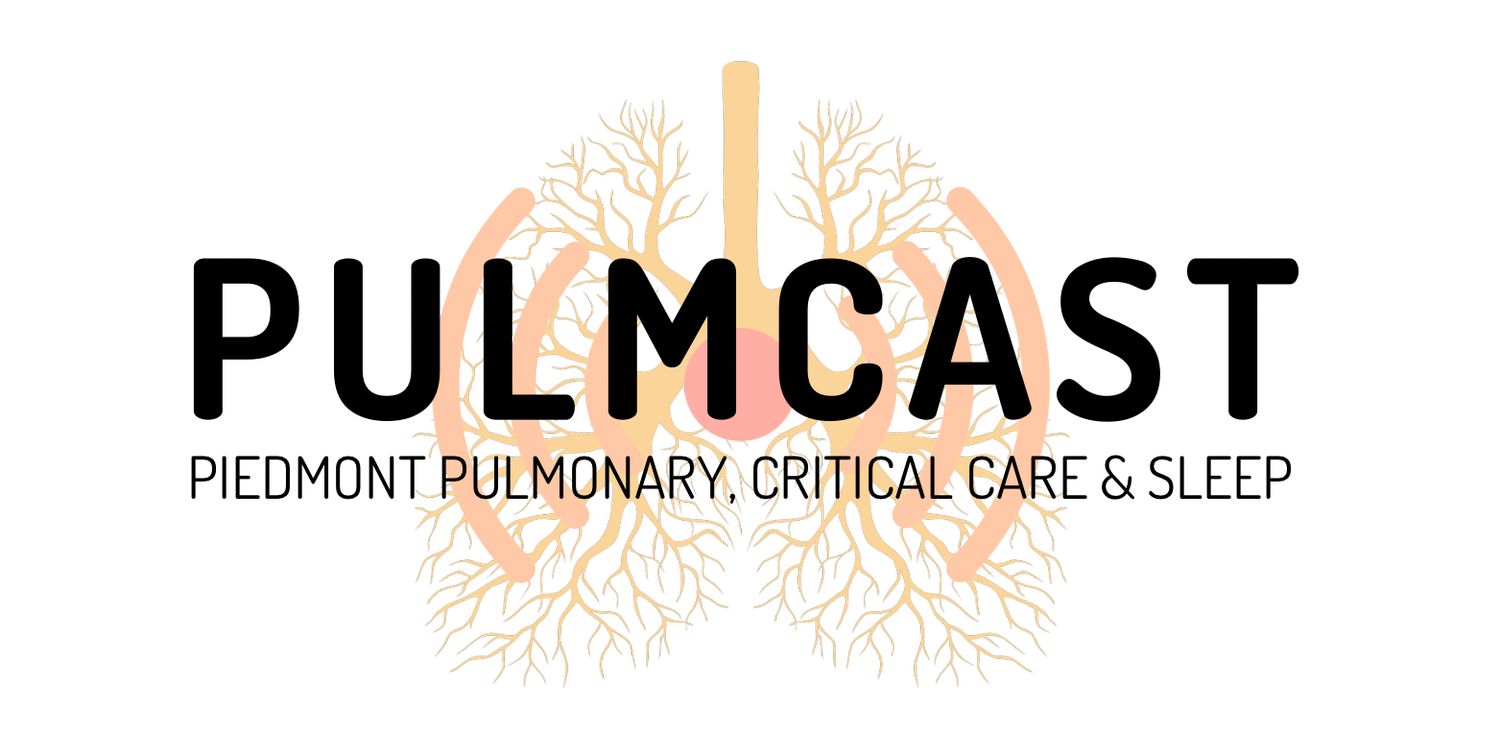Keep calm and FOAM on
Jeremy Amayo, PA-C
FOAM!
No wait! Keep reading — promise this isn’t another hand hygiene campaign (though for the record, we fully support that type of foam as well).
FOAM - that is, Free Open Access Meducation - it’s a swelling undercurrent of learners in medicine trying to stay one step ahead of the learning curve. It’s a global culture of collaborative education in medicine. It’s a humble community of healthcare providers obsessed with core content, dogmalysis1, performance improvement and, of course, good beer. FOAM is… well, awesome. And Free. And like medicine itself, FOAM is constantly evolving. Also did I say free?
“If you want to know how we practiced medicine 5 years ago, read a textbook.
If you want to know how we practiced medicine 2 years ago, read a journal.
If you want to know how we practice medicine now, go to a (good) conference.
If you want to know how we will practice medicine in the future, listen in the hallways and use FOAM.”
Origins
Ok, those are all big, buzz-wordy descriptions - but what is FOAM, really? And where did it come from?
As with most good ideas, the concept of FOAM started over a pint of Guinness. While at an 2012 EM conference in Ireland, emergency physician Mike Cadogan gazed at the foam atop his stout and thus, the FOAM movement was born. At it’s core, Dr. Cadogan envisioned FOAM as a way to harness the combination of "altruistic practitioners with rapidly evolving [and increasingly accessible] technology.” In a word: insatiable learning, together, for free, over the internet.
If you are in the field medicine, this concept may sound oddly familiar to you, and it should. It really isn’t new. If Hippocrates was around today, he would be dropping 140-character nuggets of wisdom on Twitter every day, for sure.
| FOAM | Hippocratic Oath |
|---|---|
| Medical information should be willingly shared across multiple platforms for use & reuse, and should be available to anyone, anywhere. | "...teach them this art, if they shall wish to learn it, without fee or stipulation; and that by precept, lecture, and every other mode of instruction." |
Where's the FOAM at?
While FOAM relies heavily on social media,2 it is independent of platform, format or file type. FOAM includes blogs, podcasts, videos, tweets, posters, pictures, animations, Facebook groups, Google hangouts, etc. The FOAM movement has even birthed its own conference, SMACC.
What's the catch?
The two main criticisms of FOAM bring into question:
- The validity of FOAM. Without peer review, how are we to trust information on blogs to translate into safe patient care?
- FOAM and competition with traditional, trustworthy and more established forms of medical education like textbooks, lectures, bedside rounding, etc.
It is important to note that FOAM is NOT in competition with any other mode of medical education - it’s intention is quite the opposite. FOAM resources are intended to augment traditional forms of learning. FOAM supporters know that 'man shall not live by FOAM alone.' While core content certainly exists out there in the FOAM world, less 'sexy' topics aren’t always covered (Stuntz, 2016).
With regard to it’s validity, FOAM is not a license to throw your critical appraisal skills out the window. We recommend you question everything - but FOAM provides the platform for those questions to be generated and, further, debated. Additionally, FOAM is distributed to millions of people around the world, and is subject to peer review in real time.
Where do I sign up?
So how does one “FOAM,” you ask? While FOAM is independent of platform, Twitter is a great starting point, with the conversations buzzing around the hashtags #FOAMed and #FOAMcc (there are many others3). Additionally, we encourage you to subscribe to some of the many podcasts or blogs out there - we have listed a few of our favorites below!4
FOAM on, y'all.
Footnotes
1. Dogmalysis - noun - the process of disintegrating something held as an established opinion. Dissolution of a point of view put forth as authoritative without adequate grounds.
2. FOAM is independent of platform or media, but Twitter is where much of the conversation unfolds!
3. #FOAMed, #FOAMcc, #FOAMped, #FOAMus, #FOAMrad, #FOAMgp, #FOAMsurg
4. Some of our favorite FOAM resources include EmCrit, Intensive Care Network, Life in the Fast Lane, heart-lung.org and The Ultrasound Podcast

